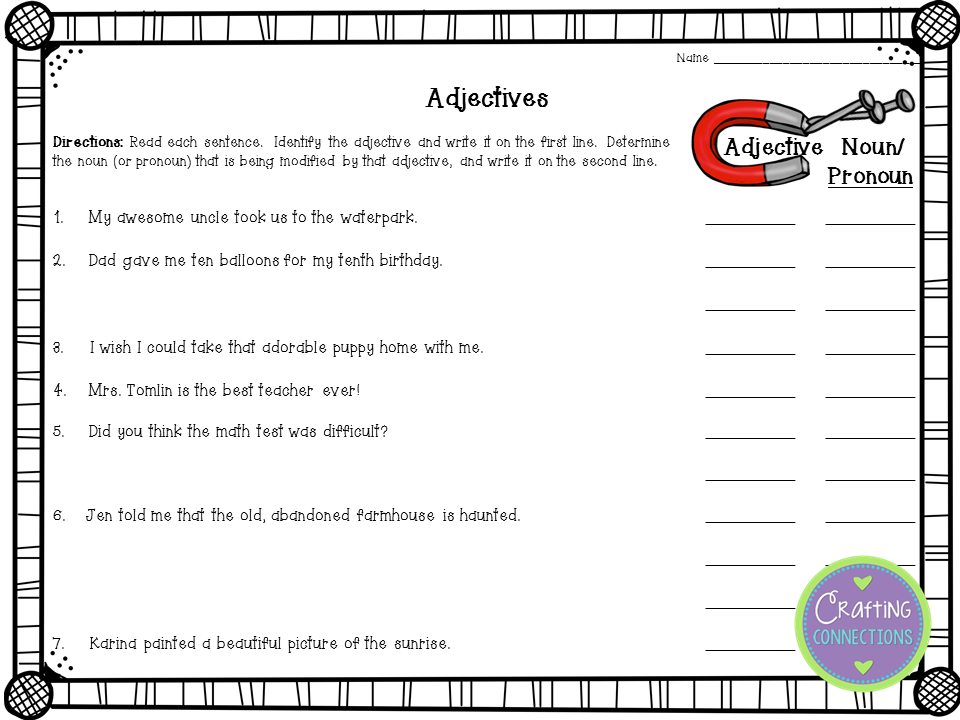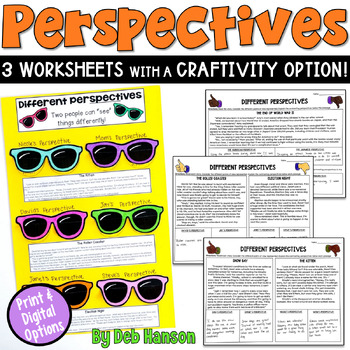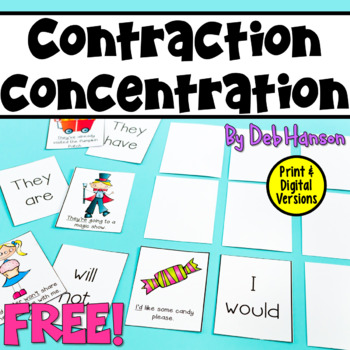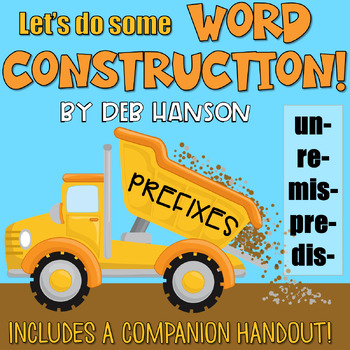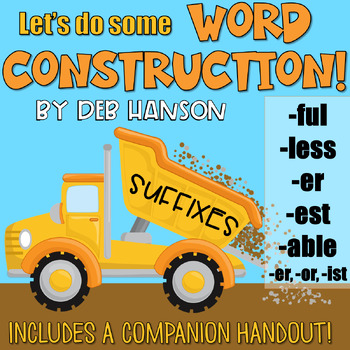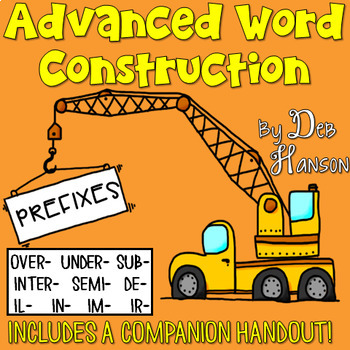Last week I shared an anchor chart for helping students differentiate between action verbs, linking verbs, and helping verbs (click here to check it out).
This week, however, I decided to "zoom in" and focus on linking verbs in particular. Before I started teaching 5th grade, when I thought of linking verbs, "the big 7" came to mind: am, is, are, was, were, be, being, and been. In fact, I seem to remember memorizing that list when I was in high school. Once I began teaching fifth grade grammar, though, I quickly realized that linking verbs go far beyond that initial list of seven. Yes, I must admit that I did not understand that words like smell, taste, and look can be action verbs OR linking verbs, depending upon the context of the sentence! (Or perhaps I learned it long ago, but then forgot that grammar rule somewhere along the way!)
I believe that there are three things to remember when it comes to identifying linking verbs:
1. Linking verbs are used in sentences where the subject is being renamed or described.
2. Some words are true linking verbs: am, is, are, was, were, be, being, & been. (This is a good list to memorize in the beginning.)
3. Some verbs have multiple personalities and can act as a linking verb OR an action verb. You must read the sentence in context to determine its use in a given sentence!
This anchor charts is my attempt to sum up those important concepts about linking verbs:
 |
| Clip art by Graphics Factory. |
I created this FREE worksheet if you want your students to differentiate between linking verbs and action verbs in sentences. Just click on the image to download it for free!
 |
| Border by Kelly Benefield. Finally, I created a PowerPoint to use while I was teaching students about action verbs, linking verbs, and helping verbs. Click on the image below to check it out! |












